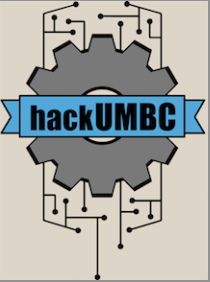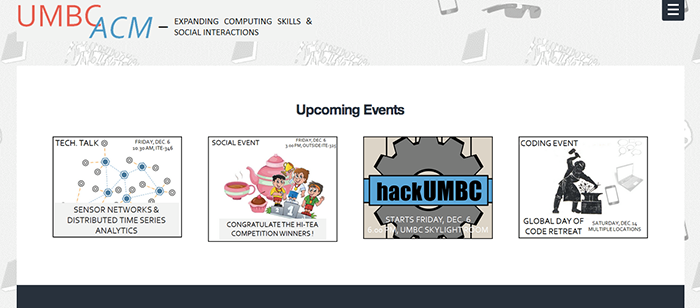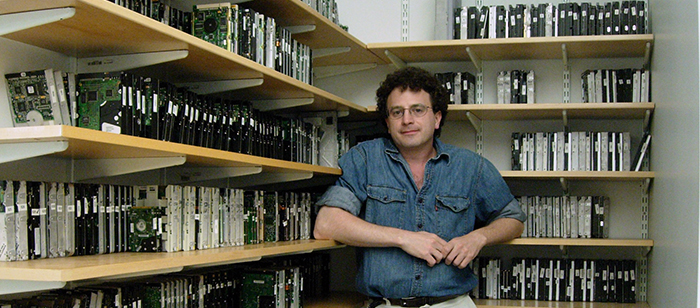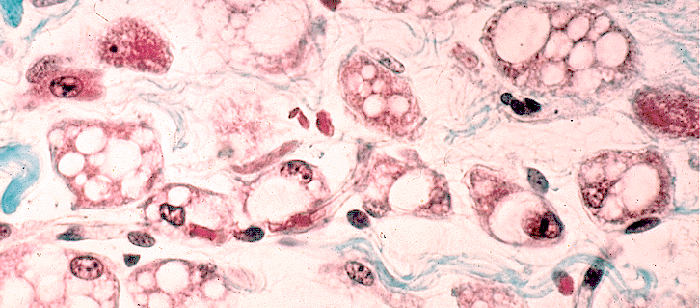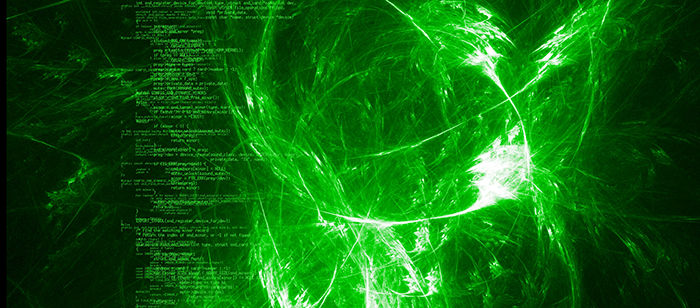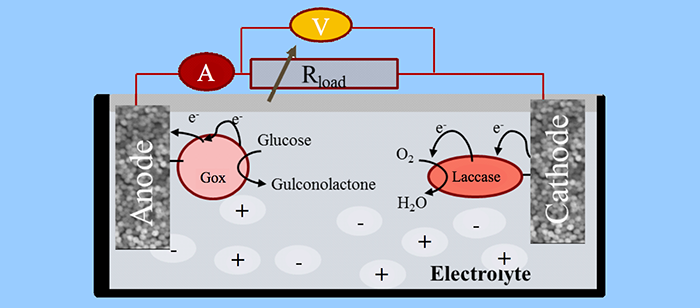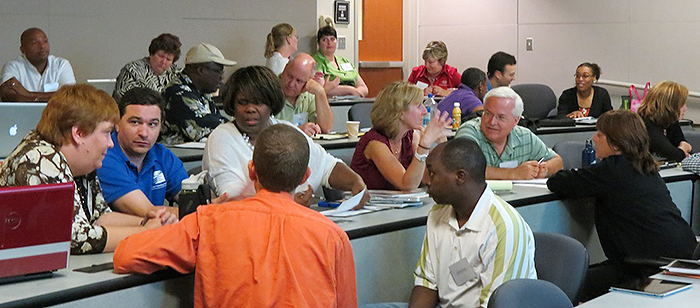
Professor Marie desJardins received a research award from the National Science Foundation focused on increasing the expertise of Maryland high school teachers for teaching computer science, with the ultimate goal of increasing the number of computer science classes offered in Maryland and the number and diversity of students taking them.
The project, CS10K: Collaborative Research: A Structured CS Principles Approach to Professional Development for Maryland High School Teachers, is led by Dr. desJardins and will involve collaborators from the Computer Science department at the University of Maryland, College Park, and high school teachers from Charles County and Baltimore County. The NSF award will provide $845,000 in funding over a three year period and is part of the Computing Education for the 21st Century (CE21) program, which aims to build a robust computing research community, a computationally competent 21st century workforce, and a computationally empowered citizenry.
The project is also part of the CS 10K community, which works to make computer science accessible in high schools. The nationwide effort has a goal of getting rigorous academic computer science courses into 10,000 schools taught by 10,000 well-prepared teachers. The project pays careful attention to the inclusion of women and minorities–groups that have been traditionally underrepresented in computing.
The project will develop and evaluate professional development activities focused on increasing the expertise of Maryland high school teachers for teaching computer science. Experienced higher education faculty and highly effective high school teachers will collaborate to train other high school teachers to develop and offer a college preparatory CS curriculum. In the first year, an initial cohort of 12 master teachers will collaborate with the project leadership team to develop standardized classroom materials based on the CS Principles curriculum and then offer the CS Principles course in their home schools. In the second year, the project staff will train less experienced teachers in the CS Principles curriculum, and in the third year, the leadership team will demonstrate scalability by supporting the delivery of multiple independently funded regional workshops. The project’s ultimate goal is to achieve significantly increased interest of Maryland students in studying and pursuing careers in computer science.


